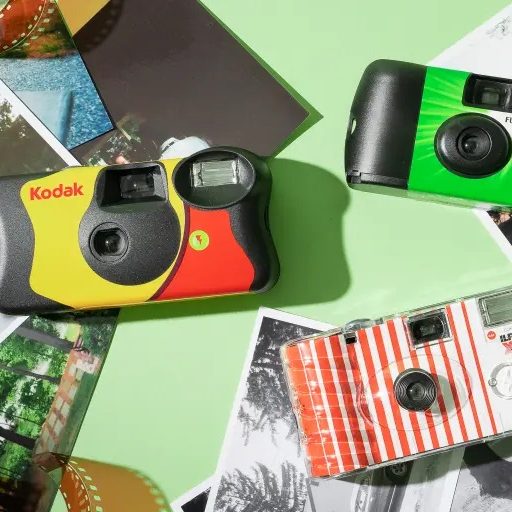How to use disposable camera? Disposable cameras, known for their simplicity and ease of use, are seeing a resurgence as a fun way to capture moments with a unique and nostalgic aesthetic. Unlike the complex settings of digital cameras, disposables offer a straightforward point-and-shoot experience, making them a perfect tool for beginners looking to explore photography. This guide will provide essential tips for beginners to maximize their results when shooting with disposable cameras, ensuring you get captivating photos that stand out.
Understanding Your Equipment
Getting to Know Your Disposable Camera
Disposable cameras typically come with a plastic lens, a fixed aperture, and a fixed shutter speed. They may also include a built-in flash with a manual switch. Familiarize yourself with its parts and functionalities—notice where the viewfinder, shutter button, film advance wheel, and flash switch are. Understanding the limitations and capabilities of your disposable will help you make the most of its features.
Embarking on the journey of disposable camera photography begins with understanding the tool in your hands. These simple devices, often underestimated, pack a surprising number of features into their compact frames. Each disposable comes equipped with a basic plastic lens that has a wide depth of field due to its fixed aperture, ensuring most of your shot is in focus. The shutter speed is also set to a standard rate that balances well in typical lighting conditions. Most models provide a manual flash, which can be activated or deactivated based on your lighting needs—make sure you know how to toggle this feature as it can be the key to capturing great shots in diverse environments.
One of the delights of using a disposable camera is learning to work within its constraints, which can lead to a more thoughtful approach to photography. Since you can’t adjust settings like aperture or shutter speed, composing your shot and selecting the right moment becomes even more vital. Pay attention to the distance between your subject and the camera, as disposables generally have a fixed focus range. By becoming attuned to the strengths and limitations of your disposable camera, you can elevate your snapshots from mere keepsakes to evocative scenes brimming with life and story.
Loading and Advancing Film
While the majority of disposable cameras come with film pre-loaded, it’s essential to understand the process of advancing it to ensure that each frame is ready to capture a new image. After you’ve taken a photo, find the film advance wheel, often located at the top or back of the camera, and turn it in the indicated direction until it cannot move any further. You’ll typically feel a slight resistance and hear a clicking sound as the film moves into place. This mechanism is straightforward but requires a bit of attention to prevent accidental double exposures or blank spaces when the film is not advanced properly.
Being aware of the number of exposures available on your film roll is also important, so you can plan your shots accordingly. Disposable cameras generally offer a limited number of shots, ranging from 24 to 36 exposures. This limitation can actually work in your favor, compelling you to make each click of the shutter count. Gaining proficiency in the advancing process ensures that every precious moment is captured without issue. Embrace the ritual of winding the film—it’s a tactile reminder of photography’s physical roots and the anticipation of developing your unique captures into lasting memories.
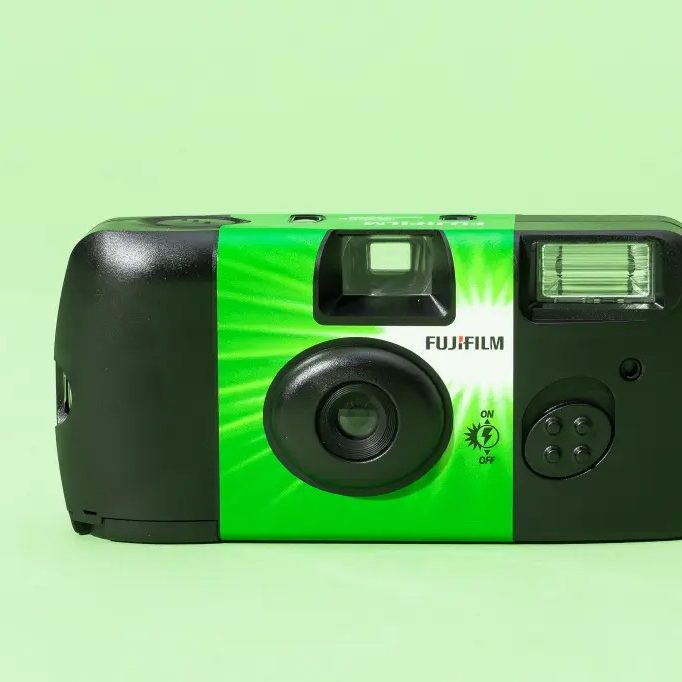
Framing and Composition
Mastering the Art of Composition
Despite the simplicity of disposables, principles of composition still apply. Apply the rule of thirds by imagining your frame divided into nine equal segments and placing your subject along the lines or at the intersections. Look for leading lines, patterns, and symmetries that can guide the viewer’s eye and make your images more engaging.
Dealing With the Fixed Focus
Disposable cameras generally have a wide depth of field due to their smaller aperture, meaning that much of the image will be in focus. However, there’s usually a minimum focusing distance—often around four feet. Make sure your subject is beyond this distance, or your photo will be blurry. For close-ups, find workarounds, like stepping back and zooming in later during the editing process.
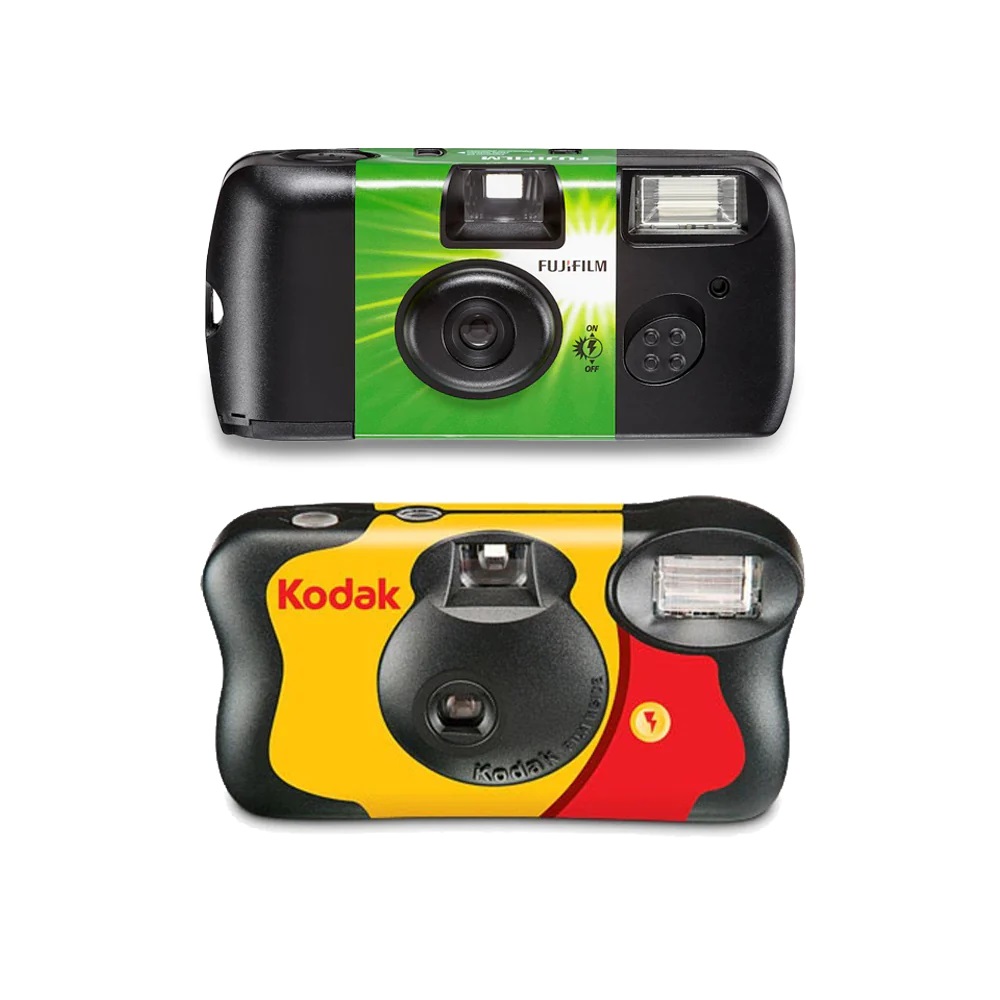
Working With Light
Harnessing Natural Light
One of the most significant challenges with disposable cameras is their lack of control in different lighting conditions. To get the best results, harness natural light whenever possible. Shoot outdoors during the golden hours—shortly after sunrise or before sunset—for soft, warm, and diffused light. Be mindful of where the light source is relative to your subject to avoid overexposed or underexposed shots.
Using the Flash Effectively
Most disposables come with a flash, but its range is limited. It’s primarily meant to fill in shadows or to provide light in low-light conditions. Use it indoors or in the evening, aiming to be within 4 to 10 feet of your subject for optimal illumination. Don’t forget to turn the flash on, as it often won’t activate automatically.
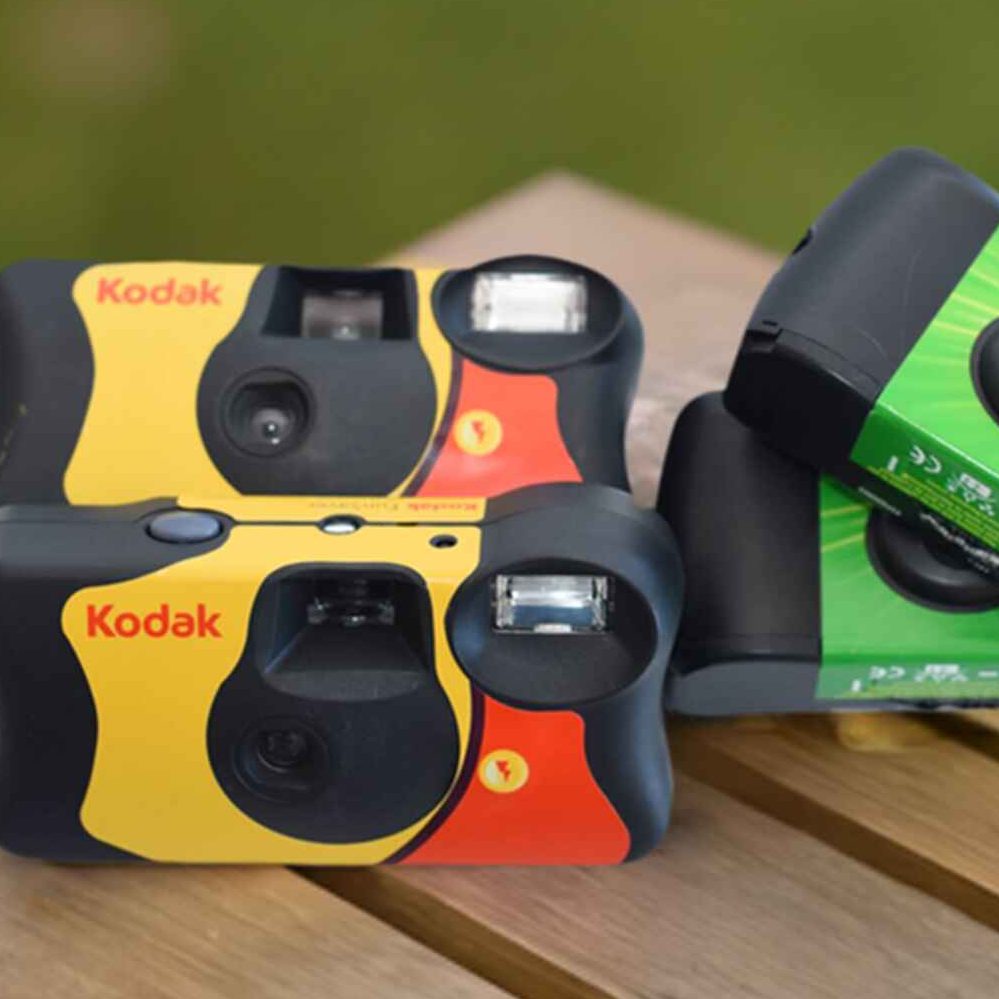
Developing and Editing
Getting Your Photos Developed
After you’ve used up the film, it’s time to get your photos developed. You can take your disposable camera to a film lab or a store that offers film processing. Some services allow you to mail in your camera, while others provide in-person drop-off and pickup. When you’re submitting your camera, ask about options for scans and prints, so you have digital copies for further editing.
Basic Editing and Sharing
Once you have your digital scans, use a basic photo editing software or app to tweak your images if needed. You can adjust the exposure, contrast, and crop your images for better composition. With digital copies, you can easily share your work on social media or make additional prints to share with friends and family.
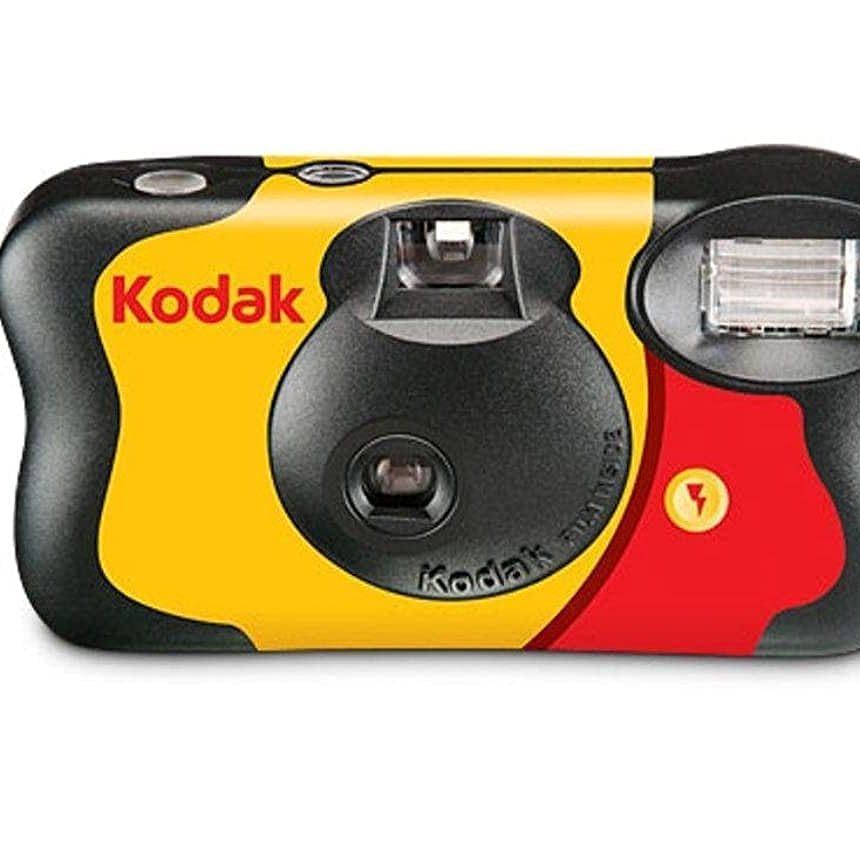
Creative Techniques for Unique Shots
Experimenting with Angles and Perspectives
Disposables encourage experimenting due to their simplicity. Break away from eye-level photography. Try shooting from high above or down low to give your images a fresh perspective. Capturing your subject from unusual angles can add an element of surprise and create more dynamic compositions. Keep in mind the single focal length, though; your framing will need creative movement and repositioning to achieve the desired shot.
Playing with Motion and Blur
Motion blur can be an artistic way to convey movement within a scene, and disposable cameras, with their fixed shutter speed, can help achieve this effect when photographing moving subjects. Capture a friend running or cars streaking by in low light to get a natural motion blur. You can also intentionally move the camera during a shot to create an abstract image where colors and lights blend together for a painterly effect.
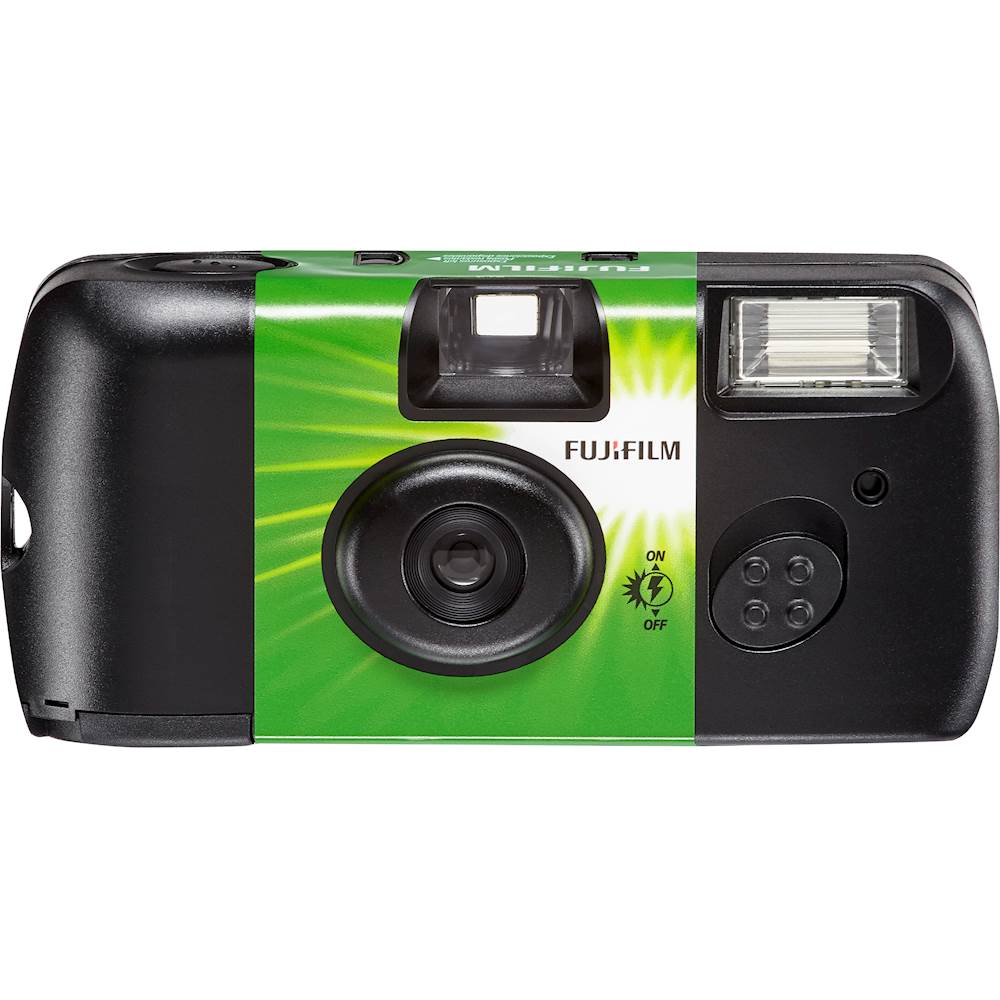
Multiple Exposures and Overlays
For those who love a creative challenge, try creating multiple exposures with your disposable camera. This technique involves taking two or more photos on the same frame of film, which results in an overlay of images. Not all disposables allow for easy multiple exposures, but with some tinkering, such as not advancing the film fully and reshooting, you can achieve this. It’s unpredictable and can lead to exciting, one-of-a-kind images that capture the serendipity of film photography.
Capturing the Essence of the Moment
Embracing Spontaneity in Photography
One of the greatest strengths of disposable cameras is the element of spontaneity they bring to photography. Without the ability to preview the image, each photo is a gamble, but this can work to your advantage. Capture candid moments, natural expressions, and unposed scenes. This spontaneous style can often result in photos that are more authentic and convey real emotion.
The Thrill of Anticipation and Patience
In the age of instant gratification, using a disposable camera requires a level of patience that can be quite rewarding. Part of the joy comes from the anticipation of waiting to see how your photos turn out. Embrace the delayed gratification aspect of film photography and let it be part of the excitement. Oftentimes, the images you thought were mistakes can turn out to be the most cherished.
Disposable camera photography offers a unique blend of simplicity and creativity. For beginners, it’s an excellent way to dive into photography without the pressure of technical details. Despite their limitations, disposables can produce remarkable photos with a bit of know-how and a creative eye. By learning how to use your camera, compose your shots, work with light, and develop your images, you’ll become adept at capturing stunning photographs that harken back to a classic era of photography. Keep shooting, and enjoy the journey of preserving moments in the distinctive and charming way that only disposable cameras can offer.
